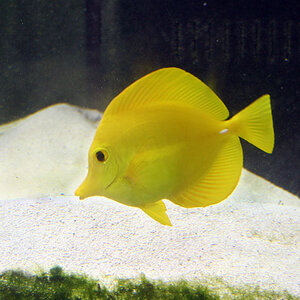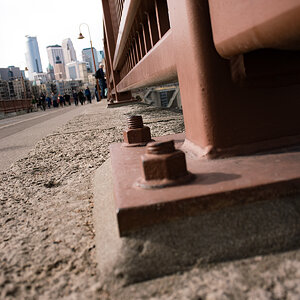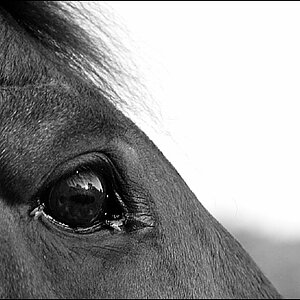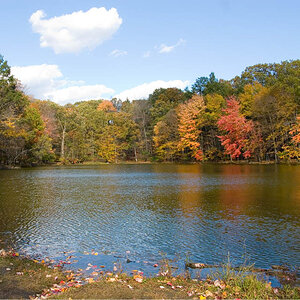kidchill
TPF Noob!
- Joined
- Jan 27, 2008
- Messages
- 249
- Reaction score
- 0
- Location
- Brooksville, FL
- Website
- www.tripcphotos.smugmug.com
- Can others edit my Photos
- Photos NOT OK to edit
Okay, I was shooting RAW/Fine with my D80. I went out shooting with the new D300. I have it set for "loss-less compression RAW 14-Bit." I take that and edit the RAW with an output to 16Bit TIFF (I know it's not true 16bit, but I don't wanna downsize to 8bit until I'm done editing). But, when I pull up the file it's only in 240ppi. This isn't making sense to me. The D80 was outputing 300dpi, so why is the D300 only giving 240ppi? Or am I messing something up?









![[No title]](/data/xfmg/thumbnail/36/36601-26ec0a53712c5470af53be9652811a6e.jpg?1619737641)


![[No title]](/data/xfmg/thumbnail/34/34346-f7996f51f0624620cfd54a488abeacf9.jpg?1619736382)
